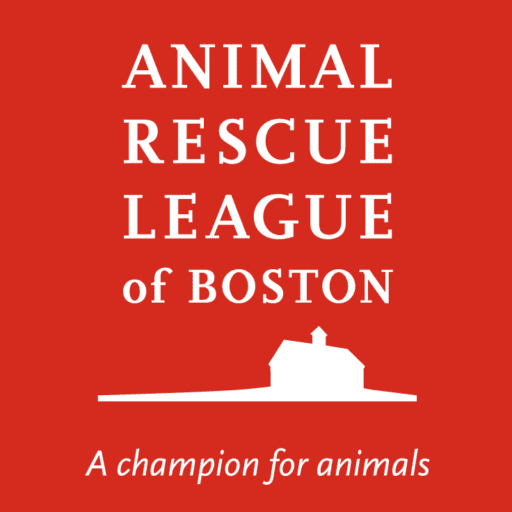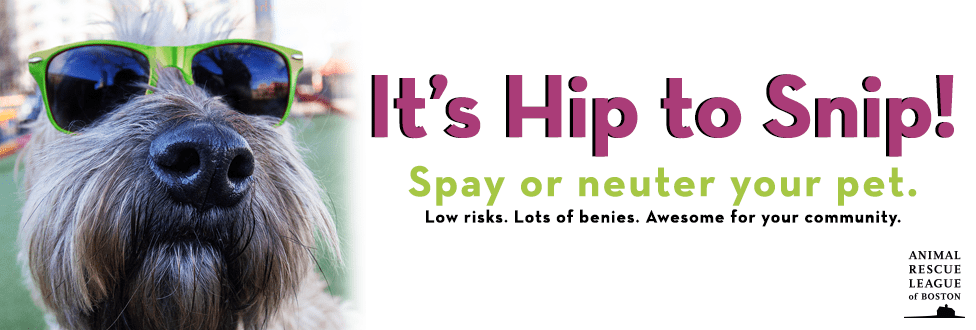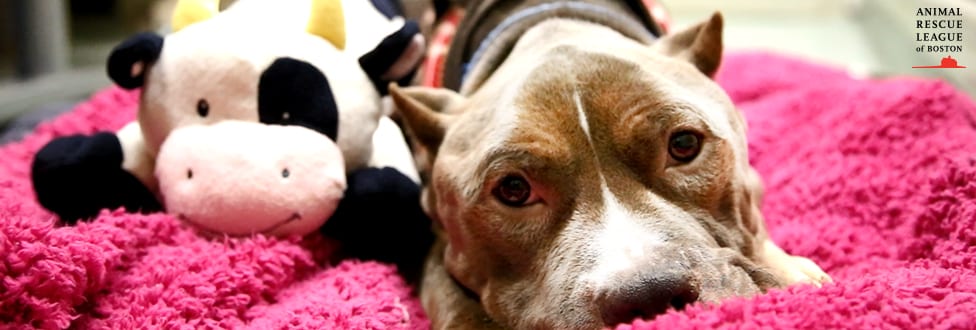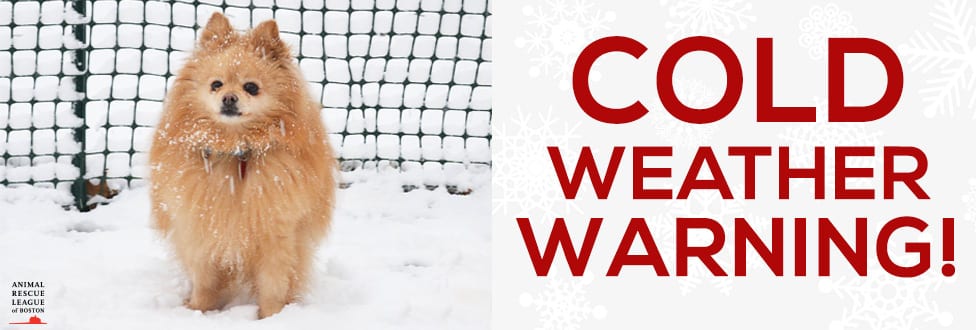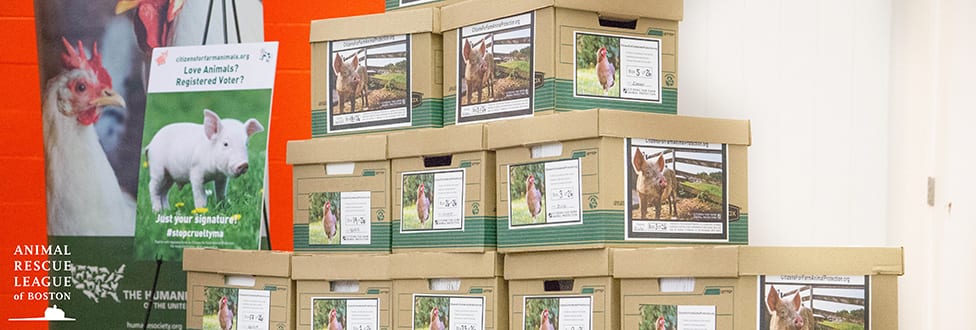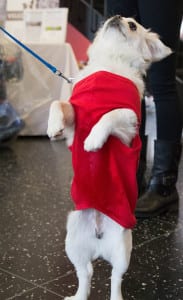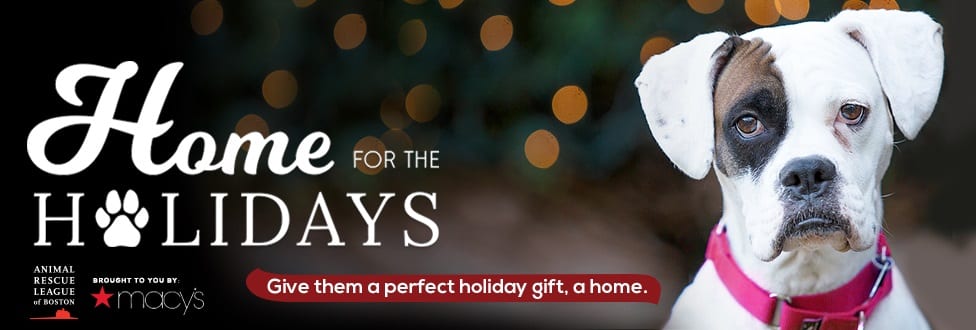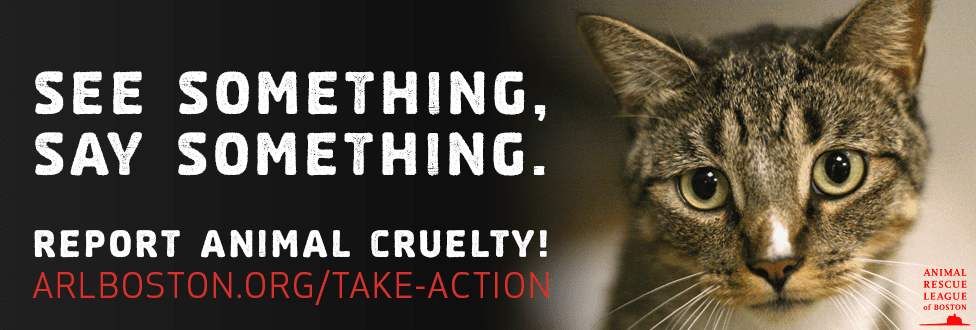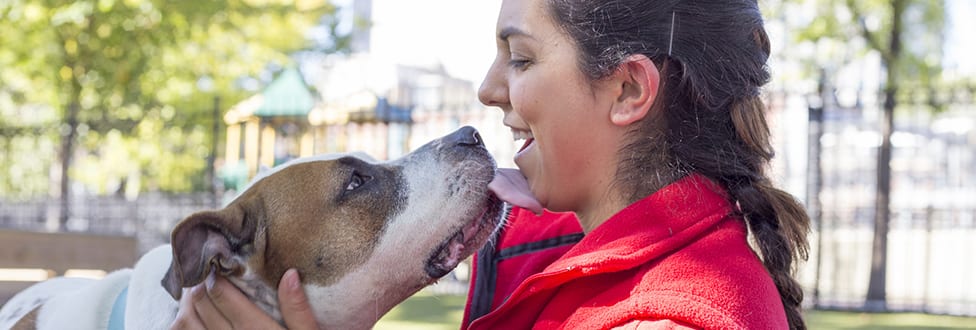It’s Hip to Snip – Spay or Neuter Your Pet!
February is National Spay/Neuter Awareness Month
During National Spay/Neuter Awareness Month this February, the ARL reminds the public that there’s nothing cool about pet overpopulation. So, pet owners, adjust those cool shades and help us spread the word that IT’S HIP TO SNIP!

Marty the cat may look super cool in his bow tie but there’s nothing cool about pet overpopulation. Click his photo to learn more about ARL’s “It’s Hip to Snip” Campaign.
“There are too many cat and dogs in our communities that don’t have homes,” explains Dr. Edward Schettino, vice president of animal welfare at the ARL. “Every year, animal shelters like the ARL are inundated with stray and surrendered puppies and kittens that are the result of unplanned litters.”
In fact, national studies have found that amongst pet owners who indicate that their pets had at least one litter, 59% of cat owners and 38% of dog owners described the litter as “unintentional” or “accidental.”
Dr. Schettino believes that one reason that pet owners choose not to spay or neuter their pet is misconceptions about the low-risk surgery. “If we can increase spay and neuter rates, we can help prevent pet overpopulation,”
In addition to the benefits to the community, here are 5 more reasons why it’s hip to snip:
1. You Snip, You Save. The cost of caring for an unplanned litter of puppies or kittens far outweighs the cost of having a pet spayed or neutered. The good news – there are many affordable and free options in Massachusetts!
2. Snipping Reduces Spraying. Neutering resolves the vast majority of marking behaviors—even when a cat has a long-standing habit. Other nuisance behaviors such as howling in cats and excessive barking in dogs eases and even disappears after surgery.

Sharing is caring! Click the photo to download our flyer to spread the word that “It’s Hip to Snip”.
3. Snipping Stops Scuffles. According to the National Canine Research Foundation, approximately 92% of fatal dog attacks involved male dogs, 94% of which were not neutered. Neutering male dogs and cats reduces their urge to roam and fight with other males.
4. Snipping Lengthens Life Span. The USA Today reports neutered male dogs live 18% longer than un-neutered males, and spayed females live 23% longer than unspayed females.
5. Snipping is a Safeguard. Neutering male cats and dogs before six months of age prevents testicular cancer. Spaying female cats and dogs before their first heat offers protection from uterine infections and breast cancer.
For more spay and neuter resources, visit arlboston.org/spay-neuter.
DID YOU KNOW… That more than a third of pet owners have not spayed or neutered their pet?
VERY SPECIAL THANKS to our It’s Hip to Snip media sponsors WBZ, WEEI, WRKO, WZLX, WBOS, and 98.5 The Sports Hub!
